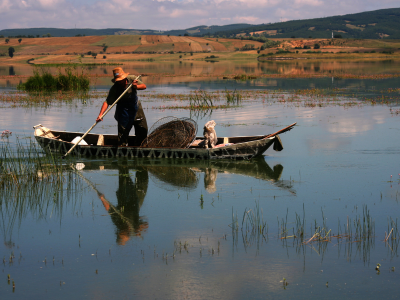
Europe and Central Asia Regional Overview of Food Security and Nutrition 2024
Managing water sustainably for improved food security and nutrition
This report provides the latest updates on hunger, food insecurity and malnutrition in Europe and Central Asia, including the cost and affordability of healthy diets. It also explores the central theme of water security, highlighting its critical connections to agriculture, food security and nutrition. While the region has made progress in reducing hunger and food insecurity (SDG Target 2.1), challenges remain in eliminating all forms of malnutrition (SDG Target 2.2).
Collections
- Country gender assessment series
- Digital agriculture
- Disaster risk reduction and management publication series
- Empowering smallholders and family farms series
- Transboundary animal diseases - Leaflets
Multimedia resources
Publications
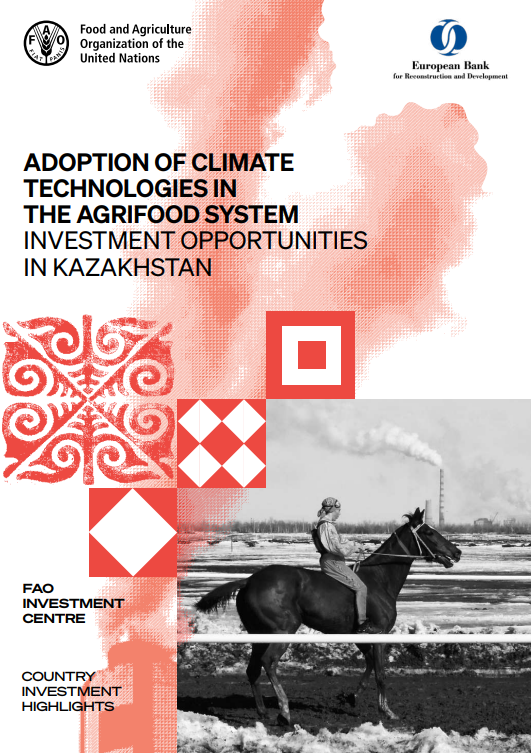
Adoption of climate technologies in the agrifood system: investment opportunities in Kazakhstan
01/2022
Agrifood systems are major contributors to greenhouse gas emissions and increasingly under pressure to become more resource-efficient. The sector also faces threats from climate change, due to its dependence on natural resources.
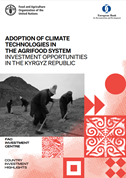
Adoption of climate technologies in the agrifood system: investment opportunities in the Kyrgyz Republic
01/2022
Agrifood systems are major contributors to greenhouse gas emissions and increasingly under pressure to become more resource-efficient. The sector also faces threats from climate change, due to its dependence on natural resources.
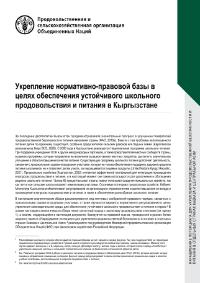
Strengthening regulatory frameworks for sustainable school food and nutrition in Kyrgyzstan
09/2023
This brief examines some of the key legal considerations related to school gardens, and also explores regulatory options for strengthening the legislative environment for sustainable school food and nutrition in the country.
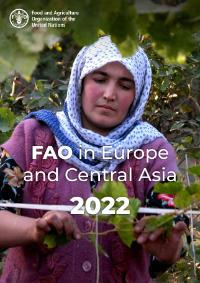
FAO in Europe and Central Asia 2022
04/2023
The new FAO Strategic Framework 2022–2031 focuses on what are called the four betters – better production, better nutrition, a better environment and a better life. In each of the FAO programme countries and territories in Europe and Central Asia, the Organization and its many partners achieved great success in 2022 in advancing towards the four betters. This report provides a snapshot of these important efforts and achievements.
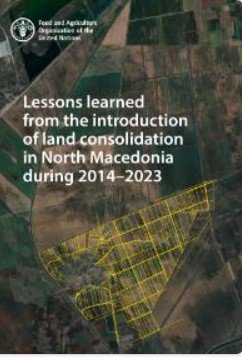
Lessons learned from the introduction of land consolidation in North Macedonia during 2014–2023
09/2023
This publication aims to document and share the lessons learned from the introduction of a land consolidation instrument in North Macedonia from 2014 to 2023. The structural problems in agriculture with small average farm sizes, excessive land fragmentation, water scarcity, need for modern irrigation systems, gaps in land policy, land banking, and weak agricultural land markets are also present in several countries.
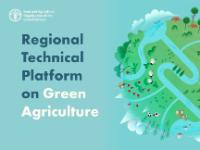
Regional Technical Platform on Green Agriculture
08/2023
The brochure provides an introduction to the Regional Technical Platform on Green Agriculture, which is a digital, user-friendly, open, intraregional and interregional gateway for sharing information. It is a knowledge repository that facilitates connections among expert networks regarding various technical areas related to green agriculture. The brochure outlines the main features of the RTP and provides guidance on getting involved.
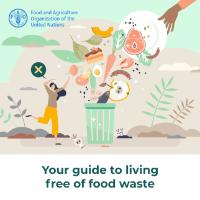
Your guide to living free of food waste
06/2021
On average, a person wastes 74 kg of food each year, which amounts to 570 million tonnes. While the number is staggering, each of us can make a difference by taking small actions every day, by changing wasteful habits with new sustainable behaviour.
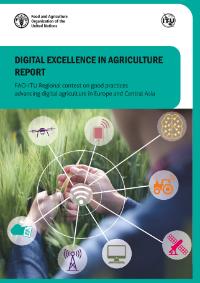
Digital excellence in agriculture report
06/2023
This report is the outcome of the Digital Excellence in Agriculture: FAO-ITU regional contest on good practices advancing digital agriculture in Europe and Central Asia, organized by the Food and Agriculture Organization of the United Nations (FAO) Office for Europe and Central Asia and the International Telecommunication Union (ITU) Offices for Europe and Commonwealth of Independent States (CIS).
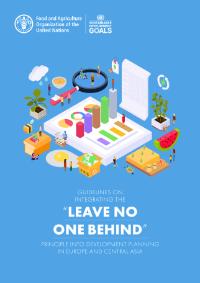
Guidelines on integrating the “leave no one behind” principle into development planning in Europe and Central Asia
06/2023
The imperatives to leave no one behind (LNOB) and endeavour to reach the furthest behind first – as pledged by the 193 Member States of the United Nations in the 2030 Agenda for Sustainable Development and its Sustainable Development Goals (SDGs) – are gaining more traction among development practitioners as we approach the midpoint towards the 2030 deadline.
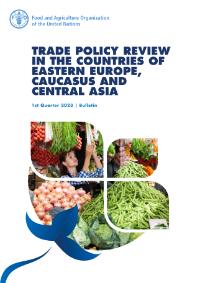
Trade policy review in the countries of Eastern Europe, Caucasus and Central Asia. 1st Quarter 2023 | Bulletin
05/2023
This quarterly bulletin features agricultural trade policy changes in the region. It provides current trade measures, agreements, statistics and articles by experts covering trade-related issues in countries across the region, and it is sent to members of the Agricultural Trade Expert Network.
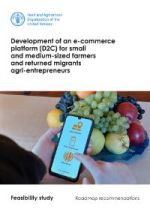
Development of an e-commerce platform (D2C) for small and medium-sized farmers and returned migrants agri-entrepreneurs
02/2022
The feasibility study looks into the e-commerce ecosystem for agricultural products (D2C model) and examines the feasibility of developing a dedicated e-commerce platform for Moldovan farmers, including returning migrants engaged in agri-business. It also focusses on identifying the opportunities, optimal scenarios and interventions, as well as the premises needed to either launch a new e-commerce platform, or develop and upscale an existent one
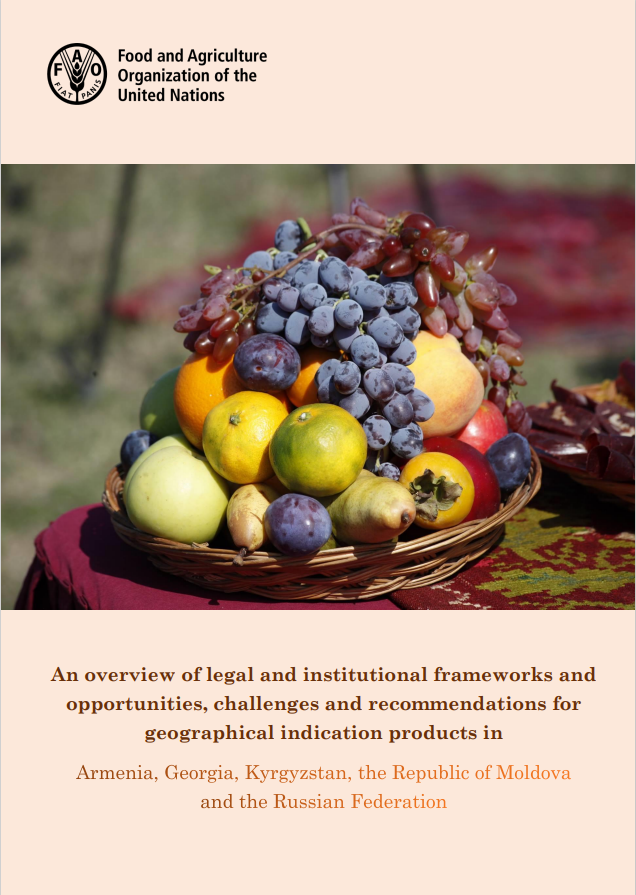
An overview of legal and institutional frameworks and opportunities, challenges and recommendations for geographical indication products in Armenia, Georgia, Kyrgyzstan, the Republic of Moldova and the Russian Federation
01/2018
Geographical indication (GI) schemes can play a special role in promoting sustainable rural development, improving farm income and opening new export potential. Natural factors such as soil, climate and plant varieties play a major role in producing a unique product. Usually, GIs comprise knowledge and skills passed on from generation to generation, helping to protect local heritage.
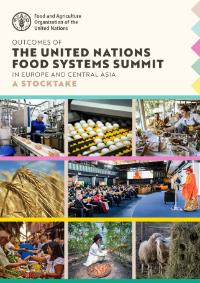
Outcomes of the United Nations Food Systems Summit in Europe and Central Asia - A stocktake
04/2023
In this paper, we aim to synthesize and analyse the focus, results and main issues emanating from the United Nations Food Systems Summit (UNFSS) in the region of Europe and Central Asia. In particular, the focus is the 17 FAO programme countries in the Western Balkans and Türkiye, Caucasus and CIS Europe, and Central Asia (ECA-17).
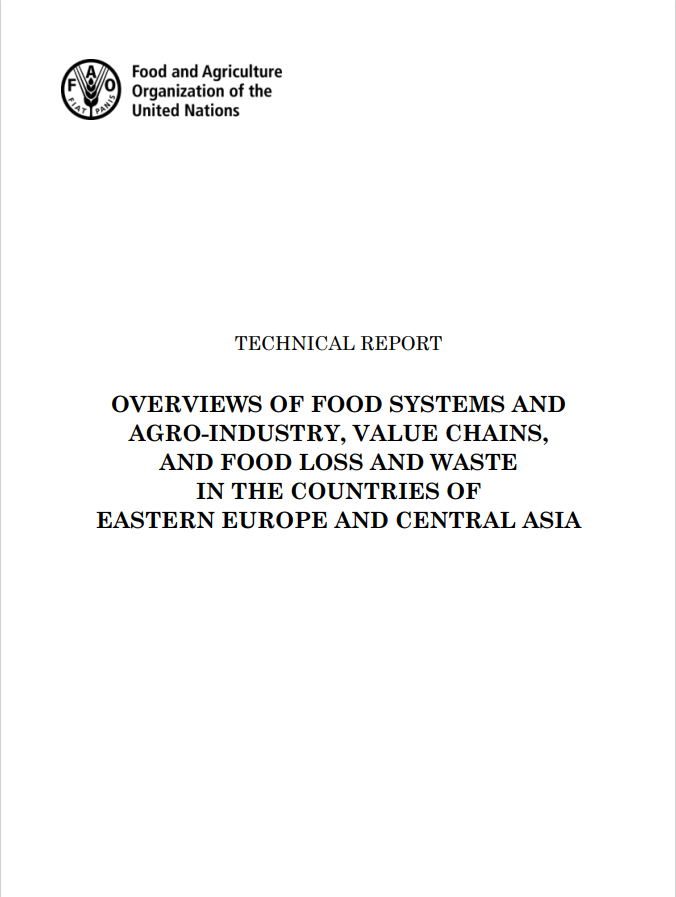
Overviews of food systems and agro-industry, value chains, and food loss and waste in the countries of Eastern Europe and Central Asia
01/2018
Tatiana LeGrand. This report overviews eighteen countries in Eastern Europe and Central Asia. The report examines agriculture sectors and food systems, relevant programmes, it reveals the status of agro-processing sector and value chain development activities, and it covers food loss and waste. In the final analysis it was concluded, that more research and data collection are needed to understand the extent of food loss and waste at regional and national levels.
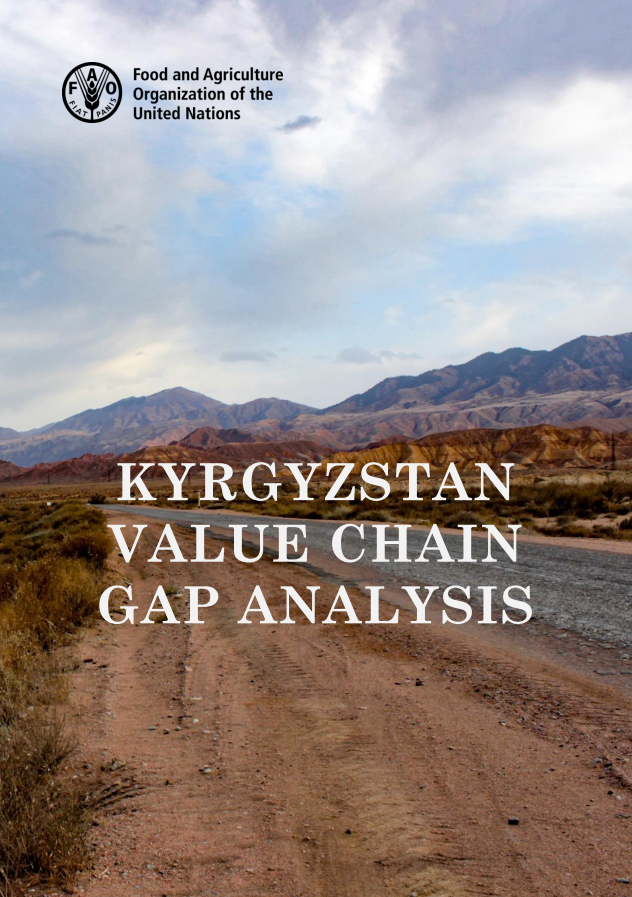
Kyrgyzstan Value Chain Gap Analysis
01/2018
John O’Connell, Pavel Kiparisov. The authors did not aim at close examination of the selected value chain; rather, this paper is a general overview that will be a reference point for future field work in the country. The recommendations provided in the paper will assist the FAO country office and the Government of the Kyrgyz Republic in decision-making and will inform other development organisations operating in the country about major value chain development activities.
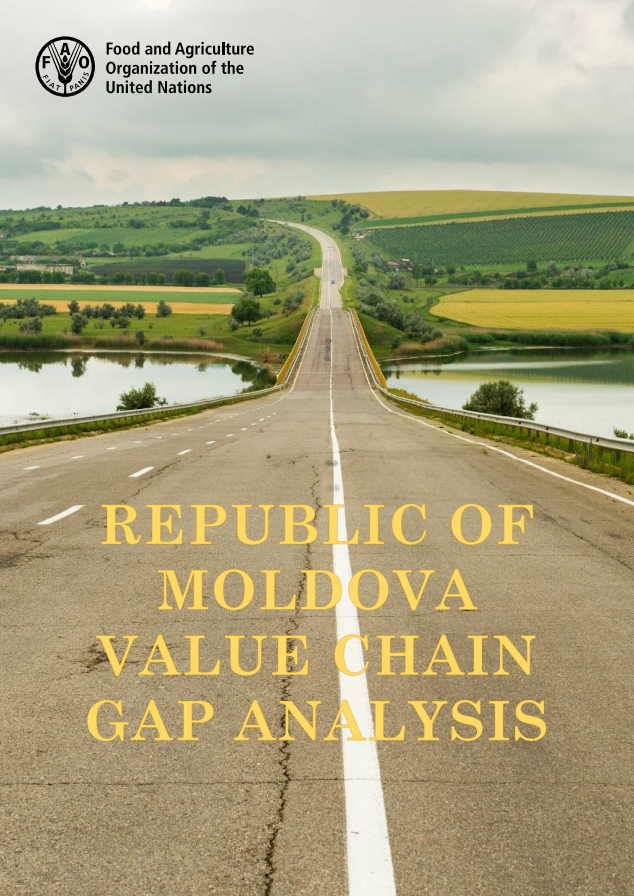
Republic of Moldova Value Chain Gap Analysis
01/2018
John O’Connell, Pavel Kiparisov. The goal of this study is to try to consolidate the information on countrywide value chain development gathered from various open sources and based on materials developed in one field mission by FAO officers with an emphasis on the plum and berry value chains. The authors did not aim at close examination of the selected value chains; rather, this paper is a general overview that will be a reference point for future field work in the country.
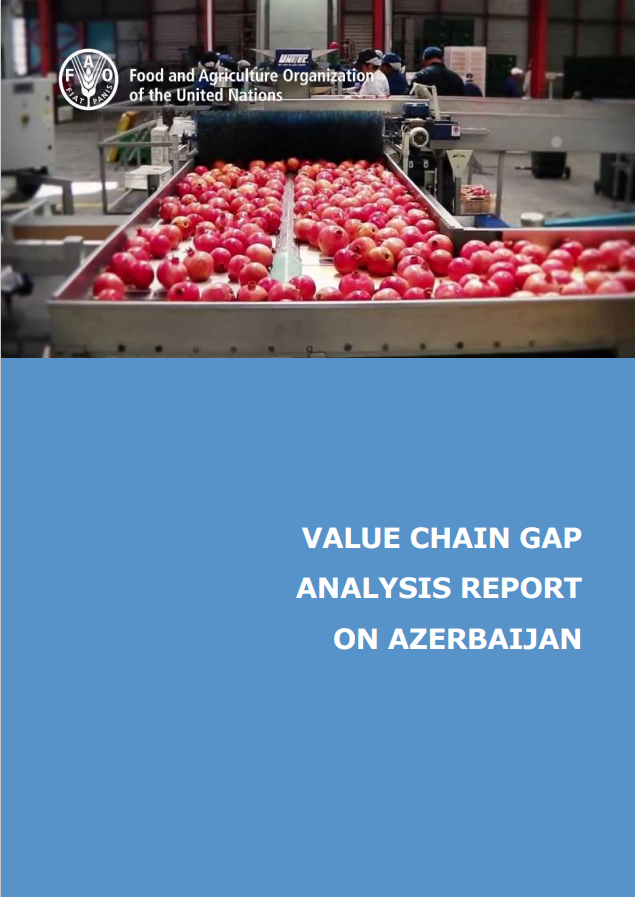
Azerbaijan Value Chain Gap Analysis
01/2018
John O’Connell, Zoltan Hradszky.The Value Chain Gap Analysis Report on Azerbaijan is meant to fill the gap in professional literature by providing a snapshot on how the government, the private sector and donor organizations work on creating an enabling environment supporting value chain (VC) development.
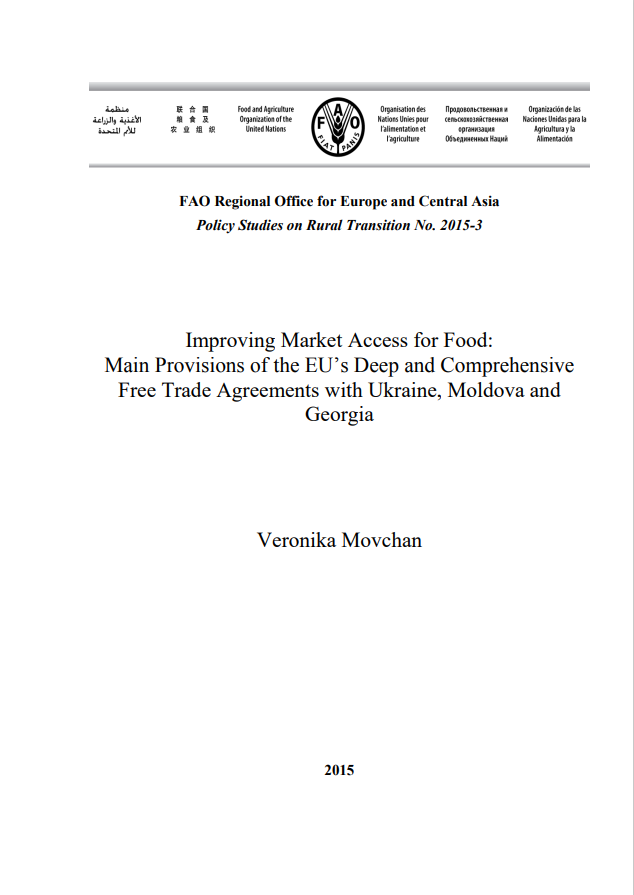
Improving Market Access for Food: Main Provisions of the EU’s Deep and Comprehensive Free Trade Agreements with Ukraine, Moldova and Georgia
01/2015
Veronika Movchan. Exports of agriculture and food products constitutes from one fifth to one third of merchandise exports in the studied countries, with the EU being the most important trade destination. Improved market access to the EU market, tougher competition on domestic markets and legislative harmonization are generally perceived as stimulus for sectors’ modernization and growth.
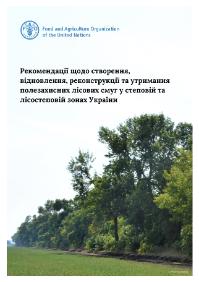
Recommendations for the establishment, regeneration, reconstruction, and maintenance of the shelterbelts in the Steppe and Forest-Steppe zones (in Ukrainian)
05/2019
The recommendations include tips for design and principles of construction of shelterbelts on irrigated, non-irrigated, and saline lands of forest-steppe and steppe zones in Ukraine, and describe the principles of maintenance of shelterbelts, as well as providing a list of species of trees and shrubs for planting.
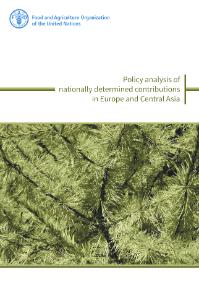
Policy analysis of nationally determined contributions (NDC) in Europe and Central Asia
06/2018
This publication compiles and analyzes the most relevant and updated information on policies and regulatory frameworks related to climate change in the region, including information on access to available climate finance to support countries in the implementation of their goals under the Paris Agreement.
